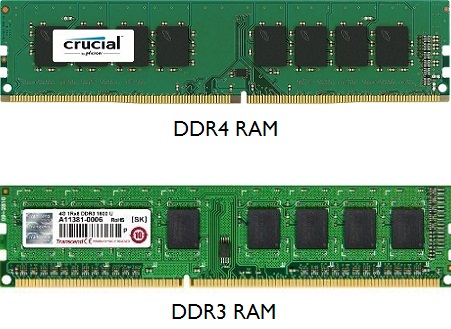


Generally speaking, motherboards are built to support only one type of memory. Frequently, DDR2-based systems can use memory installed in pairs to run in " dual channel mode" to increase memory throughput even further.ĭDR3, DDR4 and DDR5 represent further improvements in memory technology, with improvements in bandwidth as well as power consumption, leading to better performance and stability as time went on and the standards evolved. DDR2 achieves speeds beyond that of DDR, delivering bandwidth of up to 8.5 GB per second. Systems implementing the follow up technology to DDR, called DDR2, began to appear in mid-2004. The most significant difference between DDR and SDR is that DDR reads data on both the rising and falling edges of the clock signal, enabling a DDR memory module to transfer data twice as fast as an SDR memory module. Single data rate (SDR) SDRAM is the older type of memory, commonly used in computers prior to 2002.ĭouble data rate (DDR) SDRAM hit the mainstream computer market around 2002 and is a straightforward evolution from SDR SDRAM. Most desktops and notebooks use one of several popular types of dynamic random access memory (DRAM) for the main system memory.


 0 kommentar(er)
0 kommentar(er)
